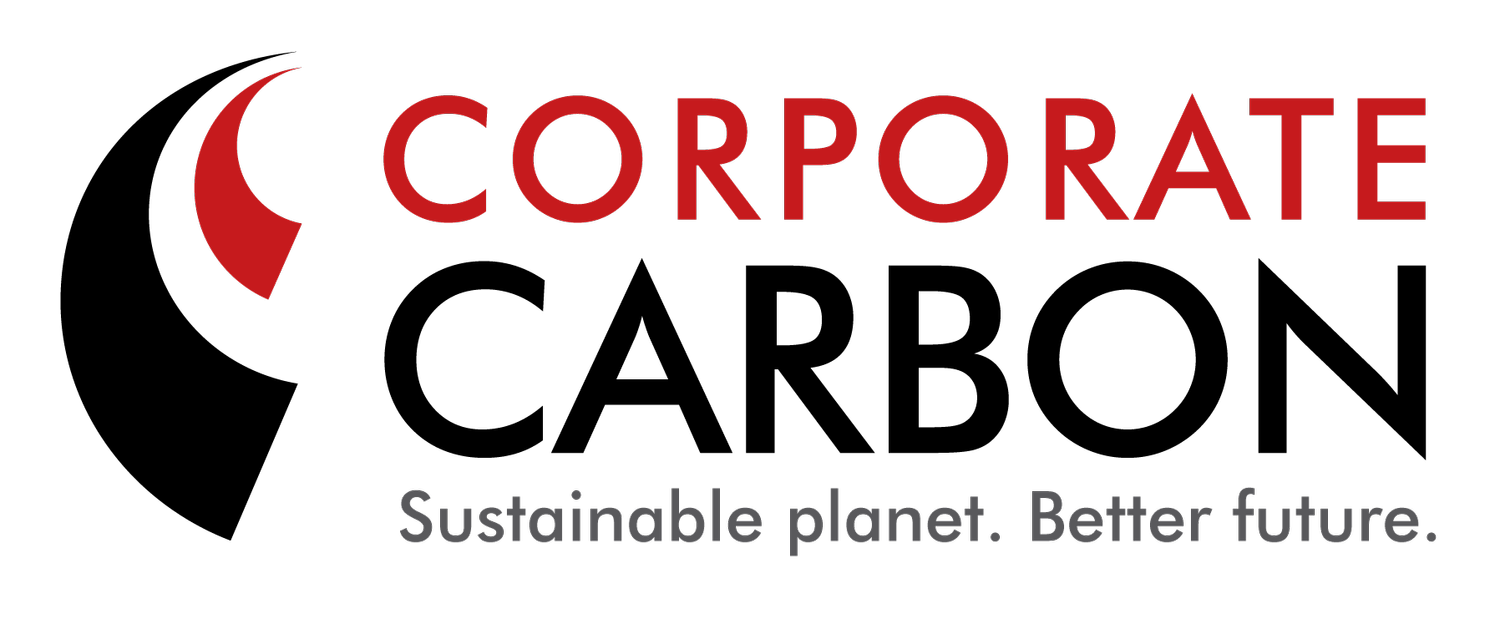
Nyaliga Fire Project
Savanna Fire Management in the East Kimberley of Western Australia
Reducing carbon emissions through indigenous fire management practices
The project
Registered in 2017 as a savanna burning carbon project covering 640,000 ha of exclusive possession Wilinggin native title land.
Delivered almost 50,000 ACCUs to date.
Shifting the fire regime from large late dry-season hot fires to many more, small early fires has reduced total fire by over 1/3, or ~15% of the project area.
Fire management activities have reduced annual emissions by over 40% on average:
Controlled early dry season burning – aerial and on-ground – carried out by Nyaliga Traditional Owners, including the Nyaliga indigenous ranger team formally established in 2020.
Operations are aimed at creating a patchwork of cool season burns as firebreaks, limiting destructive late season wildfires and associated greenhouse gas emissions, while ensuring protection of biodiversity and cultural sites.
In 2020, Nyaliga Rangers were part of the Office of Bushfire Risk Management (OBRM) visit to re-assure the processes and procedures followed for fire management under the KLC Fire Operations Manual under ISO 31000.
Karunjie and Durack River pastoral stations
Nyaliga Aboriginal Corporation represents the Traditional Owners of the land known today as the Karunjie and Durack River Pastoral Stations in the East Kimberley of WA.
Prior to the establishment of pastoral leases, Nyaliga people managed fire across their native title area for millennia. Pastoralism and dispossession of indigenous people of their land altered previously established fire regimes to the detriment of indigenous culture and biodiversity.
Burning operations are once again carried out in line with traditional indigenous knowledge and practice, but utilising modern technologies, including satellite sensing / mapping and aerial incendiary drops with helicopters.
Nyaliga is supported by the Kimberley Land Council (KLC) for fire and carbon operations, Wilinggin Aboriginal Corporation and the Wanjina-Wunggurr (Native Title) Aboriginal Corporation (RNTBC), as well as the Indigenous Land and Sea Corporation (ILSC) as the current leaseholder.
“Traditional ‘right-way’ burning looks after our food resources, our culture, and way of living.”
Nyaliga Aboriginal Corporation Board member and elder, Kathleen O'Reeri
Outstanding Co-Benefits
Revenue is reinvested into ongoing fire management to ensure the sustainability of the project and the social, cultural and economic benefits it delivers for the community.
Protection of life, infrastructure, cultural places and habitat for important species, facilitating access and connection to country for Traditional Owners and their children and grandchildren.
Transfer of traditional knowledge and skills to the next generation and economic opportunities through training and employment.
Support of threatened communities of Gouldian finches (Erythrura gouldiae), purple-crowned fairy wren (Malurus coronatus) and fire sensitive and culturally important plant species, including Guru (Callitris intratropica).
.
United Nations Sustainable Development Goals that apply to the project
An Australian Carbon Credit Unit (ACCU) represents one tonne of carbon dioxide equivalent stored or avoided.
ACCUs are issued by the Australian Government Clean Energy Regulator (CER) under the Emissions Reduction Fund (ERF) in return for reducing the level of greenhouse gases in the atmosphere.
The integrity of the ACCUs created by this project are guaranteed by Corporate Carbon through our monitoring, verification and reporting process managedusing established ERF methodology which is subject to independent audit and review by the CER.
Savanna fire management (SFM) activities involve strategic and planned burning of savanna areas in the low rainfall zones during the early dry season to reduce the risk of late dry season wild fires. Calculations are completed using the Savanna Burning Abatement Tool (SavBAT).









